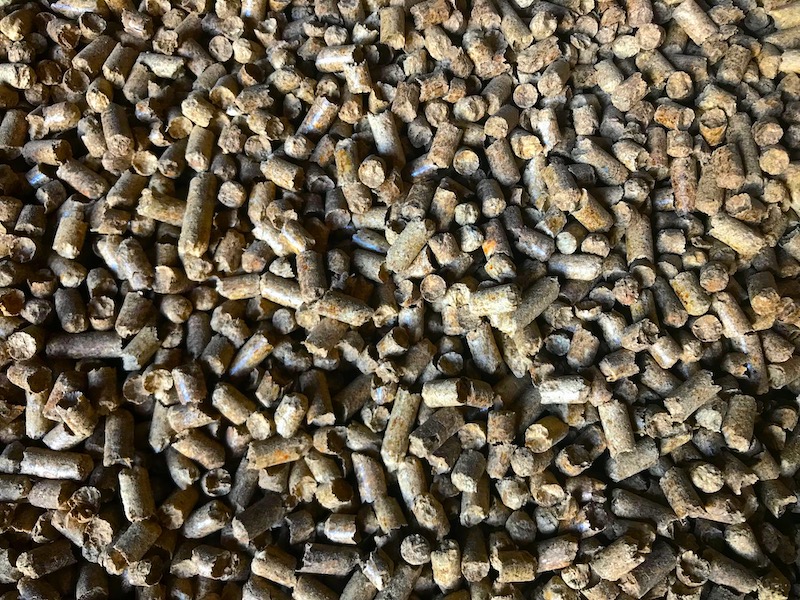
WPAC: Demonstrating the sustainability of using woody biomass for electricity
April 13, 2020
By Gordon Murray, WPAC

From Feb. 25-27, I attended the IEA Clean Coal Centre’s (IEACC) workshop on co-firing biomass with coal in Kokura, Japan, where the Wood Pellet Association of Canada was a platinum sponsor. Participants in this event included government agencies, regulators, power utilities, biomass and equipment suppliers, consultants and academia.
Globally, coal power still accounts for about 40 per cent of all electricity. IEACC’s purpose is to find ways to reduce the environmental impact of coal-powered electricity. IEACC promotes biomass co-firing as an effective means of reducing GHG emissions as well as other emissions such as sulfur dioxide, nitrogen oxides and heavy metals. The organization holds an annual workshop where experts can share knowledge on the latest developments in biomass co-firing.
At this year’s workshop, I gave the presentation: “Demonstrating that Electricity Production from Solid Biomass is both Low-carbon and Sustainable.”
Some of my key points included:
- Harvesting forest biomass for electricity production must be done in a way that protects ecosystems, reduces greenhouse gas emissions and creates socio-economic benefits.
- Some express concern that the wood demand for bioenergy may rise enormously, threatening the existence of forests. Our industry must transparently demonstrate that these concerns are unfounded.
- In all the countries we export to, governments are demanding that we demonstrate that wood pellets are produced sustainably and that their use is resulting in GHG reductions.
- The UK government organization Forest Research, in their 2018 publication “Carbon impacts of biomass consumed in the EU,” has published a list of criteria defining good and bad biomass. Canadian wood pellets comply with these criteria.
• According to the Intergovernmental Panel on Climate Change, cumulative emissions of CO2 will largely determine global warming by the late 21st century and beyond. The exact timing of CO2 emissions is less important than how much carbon is emitted in total in the long run. Thus, the most common timeframe for measuring the impacts of greenhouse gases is 100 years. Measuring the net cumulative carbon emissions from forest biomass energy over a 100-year timeframe, as is done for fossil fuels, most accurately demonstrates the cumulative carbon benefits of biomass energy compared to fossil fuels. - Forest bioenergy is usually part of a larger value chain that includes sawn wood, pulp, paper, and chemicals. Hence, drawing general conclusions on which woody biomass feedstocks to support, and which not to support, based on a very limited analysis of individual forest bioenergy systems is inappropriate and unjustified.
- Studies show that fossil fuel used for harvesting, chipping and transportation, even over very long distances, typically corresponds to less than 10 per cent of the energy content in the supplied biomass, meaning that supply chain emissions are of minor importance.
- Energy from woody biomass can be very positive for the climate, particularly when applying sustainable forest management practices, and when the biomass is used efficiently.
- Canada leads all countries by far with 170 million hectares of third-party certified forests. Certification programs include FSC, PEFC (including SFI) and SBP. All Canadian wood pellet exporters are SBP-certified and use either FSC or PEFC chain-of-custody certification. Presently, wood pellets only account for about four percent of harvested forest use in Canada.
- Canadian wood pellet producers are committed to demonstrating that we produce wood pellets to the highest standards of sustainability and that our pellets are contributing to climate change mitigation by reducing GHG emissions.
To read through my full presentation, click here.
Print this page